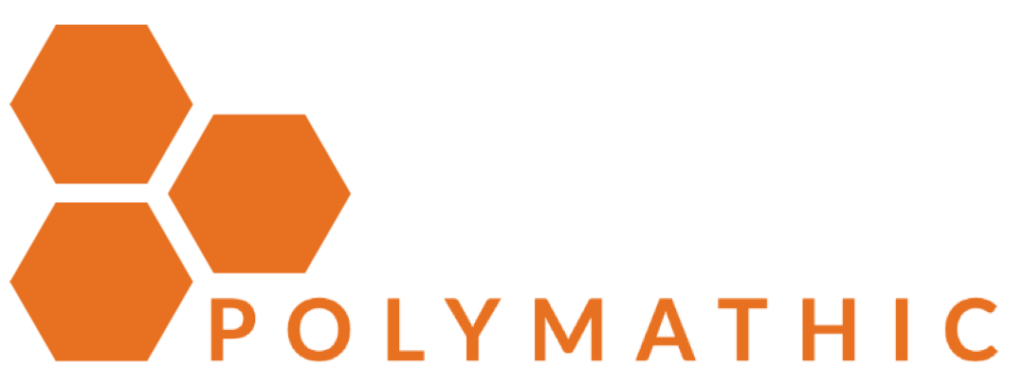Article analysis: The Future Of Work Is At A ‘Stall Or Soar’ Decision Point

“The future of work doesn’t have to be your future of work.”
Summary
The article “The Future Of Work Is At A ‘Stall Or Soar’ Decision Point” by Forrester outlines a critical juncture for businesses as they approach 2025, debating whether to advance with the evolving work landscape or fall behind amid rising challenges. One pivotal issue is the concept of “Conditional EX,” which criticizes the emerging trend where companies treat employee experience as a short-term incentive rather than a sustainable cultural foundation, forecasting that superficial rewards will ultimately backfire. The piece also addresses the contentious return-to-office debate, highlighting that while some giant companies enforce full-time office returns, this strategy risks quiet rebellion and attrition, emphasizing instead the permanence of hybrid work models as a critical path for competitive recruitment and retention. Furthermore, the article elucidates the anticipated surge in AI adoption, noting that firms proficient in integrating AI will thrive, whereas those lacking AI literacy, training, and supportive infrastructure may succumb. Even with rapid growth in AI tool adoption, the success hinges on parallel cultural and governance shifts. Ultimately, the article urges organizations to make strategic decisions now, either by adapting and thriving or ignoring trends and facing stagnation, illustrating this with examples of firms that have either excelled or remained stagnant based on their engagement with these emerging work trends.
Analysis
The article astutely identifies critical challenges and opportunities at the confluence of the future of work. It emphasizes the pitfalls of “Conditional EX,” a stance that aligns with my belief in the importance of genuine employee experience as a foundational cultural element rather than an ephemeral incentive. The article’s insight into the need for adaptive leadership in the face of return-to-office debates resonates with my viewpoint that hybrid models are vital for talent retention and competitiveness, especially as digital transformation continues to reshape organizational structures. The recognition of AI’s role in closing skills gaps underscores my advocacy for future-proofing through technology, further affirming my stance on AI as an augmentation tool rather than a replacement for human skill.
However, the article could benefit from a deeper exploration of the systemic shifts required for AI integration beyond tool adoption. This oversight seems at odds with my commitment to data-informed decision-making and the necessity of fostering a culture that supports AI literacy and strategic implementation. The overall analysis presents well-grounded predictions but might understate the human-AI collaboration potentials that are integral to innovation and addressing future employment challenges. Nonetheless, the article’s focus on adaptability, employee experience, and tech-forward strategies aligns with my belief in proactive engagement with emerging work paradigms.
Related Posts
Bookmark: Global ad giant WPP issues sweeping RTO mandate for its 114,000 staff, calling staff back to office 4 days a week
The article discusses WPP’s newly issued mandate requiring its 114,000 employees to return to the office four days a week. This sweeping …
Bookmark: How return-to-office mandates could change in 2025, according to top HR leaders from PwC, EY, and Canva
I could not locate any content matching “Fortune 500 Daily & Breaking Business News” in the uploaded file. Would you like to provide …
Bookmark: Half of companies with office space say leases are affecting their RTO policies
The article explores how lease commitments are shaping companies’ return-to-office (RTO) policies, with approximately half of businesses with …
